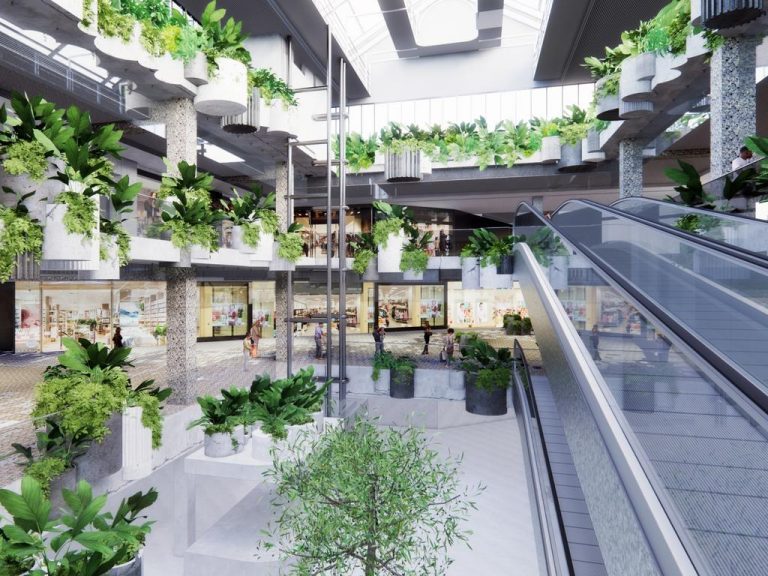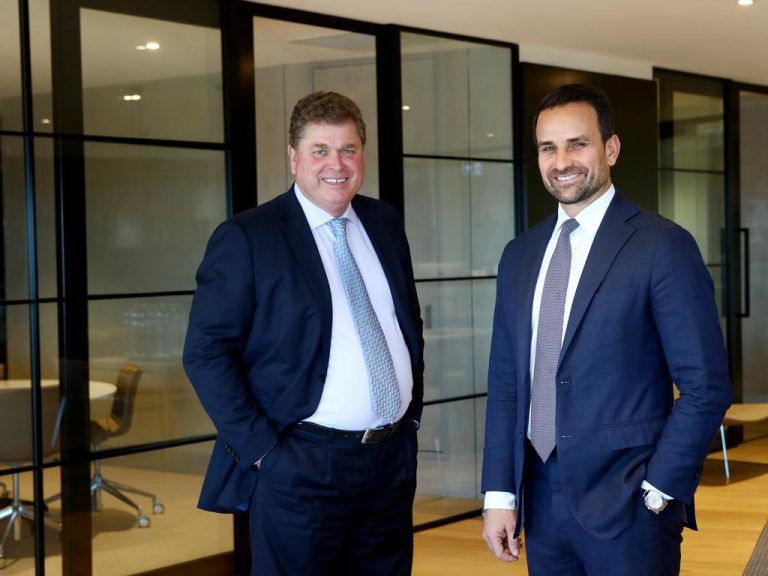Government charges making new homes ‘unaffordable’, developers warn
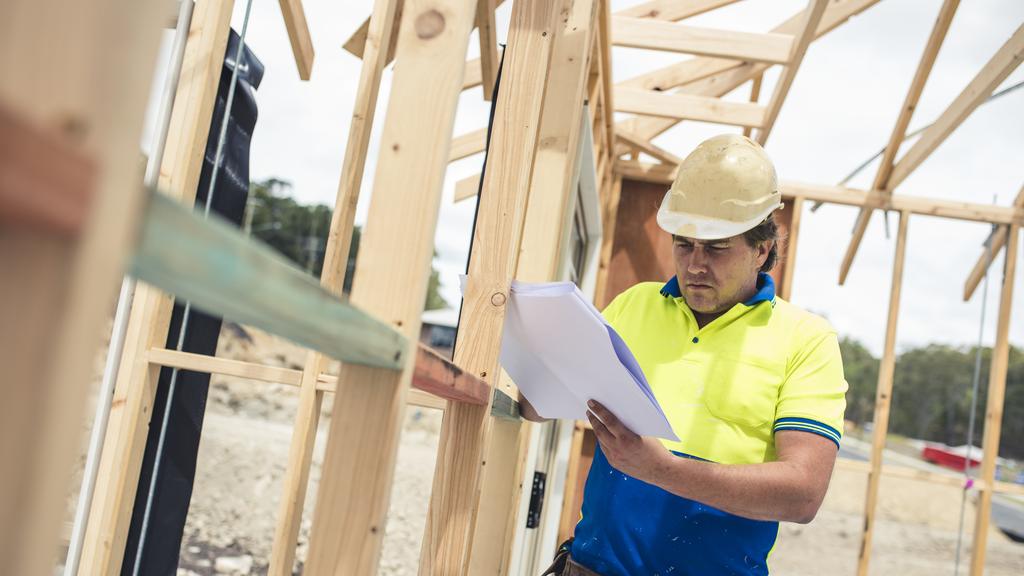
Residential developers have warned that additional infrastructure charges will work against government plans to unlock more newly built homes and only make property more unaffordable for buyers.
Residential developers have warned that additional infrastructure charges will work against government plans to unlock more newly built homes and only make property more unaffordable for buyers.
AV Jennings chief executive Phil Kearns said about $200,000 of the cost of a new home is tied up in fees and charges across all three levels of government. At this rate, it is taking at least seven years for a developer to see a return on investment, he said.
“It’s substantial and now the National Construction Code will add around another $30,000 to $40,000 worth of cost for mum and dad to put up with,” said Mr Kearns. “Now, we have this government working against itself in trying to create more affordable housing.”
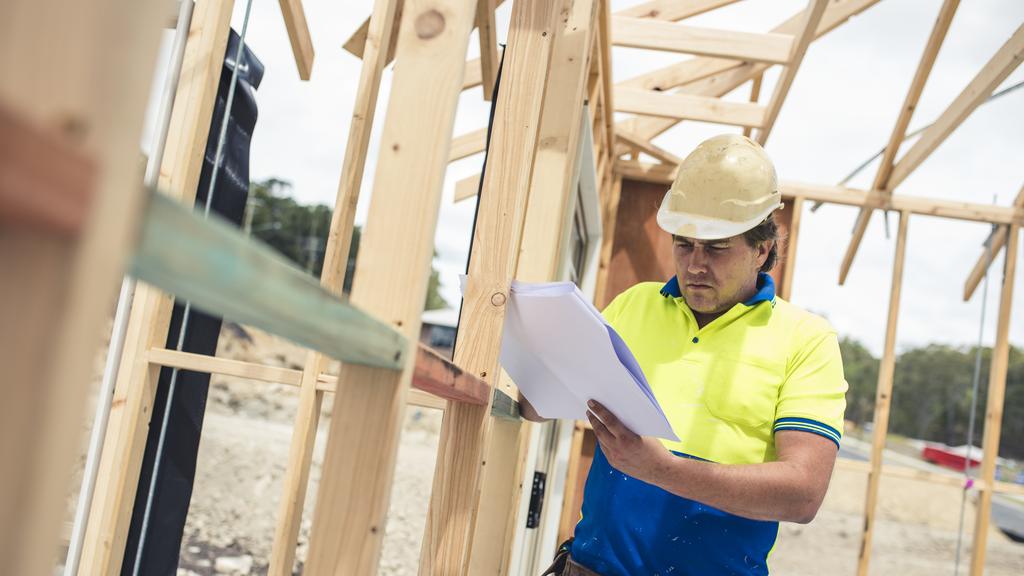
AV Jennings boss Phil Kearns said about $200,000 of the cost of a new home is tied up in fees and charges across all three levels of government.
A report by Savills for the Property Council of Australia found planned increases in the next 24 months to two recent infrastructure charges in Sydney — the new Sydney Water Development Servicing Plan and Housing and Productivity Contribution charges — could jeopardise the delivery of almost 190,000 homes in the city’s west.
Modelling in the report found a typical 250-unit apartment development, and a 115-lot greenfield development would no longer be financially feasible in 2024, a year after the charges were introduced, and significantly less feasible in 2026 under planned increases.
Legacy Property Group boss Matthew Hyder is seeing huge demand on the ground. At the sales launch of its Orchid Hills project last weekend, more than 2000 people went through the sales display, while, 7500 potential buyers have already registered.
“We know that as communities get larger and more people they need greater services and more libraries and hospitals and universities and fire stations and all the community infrastructure of roads and rail,” Mr Hyder said. “The government doesn’t simply plan and roll out the infrastructure in a timely way.”
“It’s possible that (the state government) could have balanced that a bit by saying, we do need more money … but not in isolation. Because what they’ve done, from a purely economic perspective, is they are definitely making it more difficult for developers to provide housing to buyers and made it more costly for buyers to buy that housing.”
In NSW, there are currently 15 separate levies and taxes on new housing. The report found that in Western Parkland City – which covers from Wollondilly and Campbelltown to Blue Mountains and the Hawkesbury — 33 per cent of new home costs would be associated with government fees by 2026. In the Central River City region, spanning the Hills Shire, Blacktown and Bankstown, the figure was 26 per cent.
There is also the continued challenge to secure skilled labour on-site, which continues to exacerbate delivery costs, Mr Kearns said.
“With the labour skill shortages, with the tax situation, difficulty in getting approvals through; the majority of developers are absolutely doing their best to create as much opportunity and housing as we possibly can,” Mr Kearns said.
“But blocks keep getting put in our way,” he said. “We budget four to five years to get through council approvals, and then you get to be another couple of years getting the development kicked off, and doing all the civil works, and then you start to sell. The returns that developers get are pretty fair for the risk that they take across that period.”
Treasurer Jim Chalmers unveiled a raft of support to deliver new social and affordable housing in the budget on Tuesday night, following the federal government’s commitment to building 1.2 million homes over the next five years.
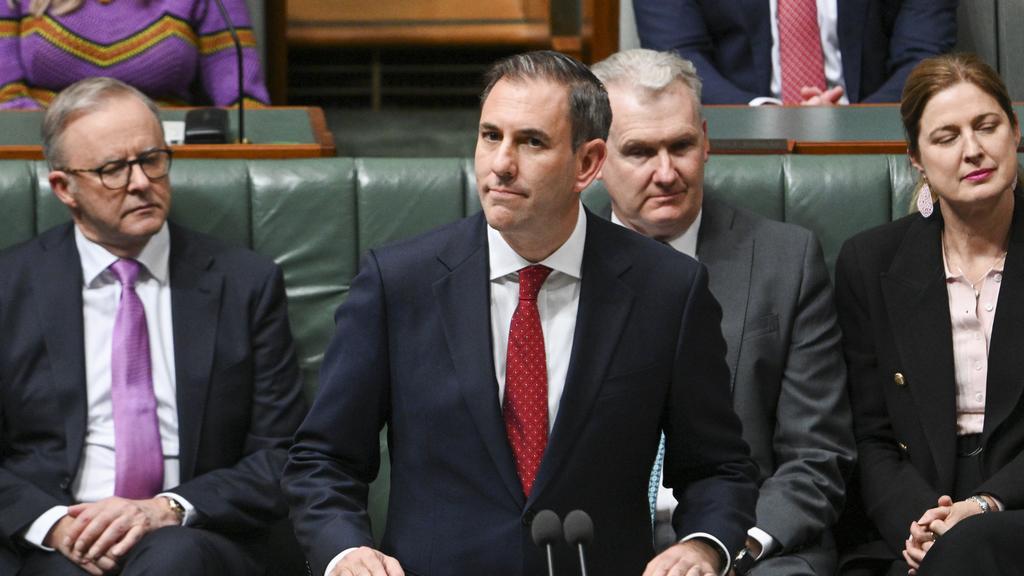
Jim Chalmers delivers his third budget at Parliament House in Canberra. Picture: Martin Ollman/NCA NewsWire
But Mr Hyder believes that would all be unnecessary should governments deal with the issue of planning, and get land build-ready in a reasonable time frame.
“The policies that they’re putting in place around social affordable housing are a good thing,” he said. “They’re needed because of the government’s actions making housing so unaffordable. They wouldn’t have to do all that if they simply approved and had better systems in place to approve housing.”
Mr Kearns would like to see the federal government focus on bring more skilled labour into the country.

